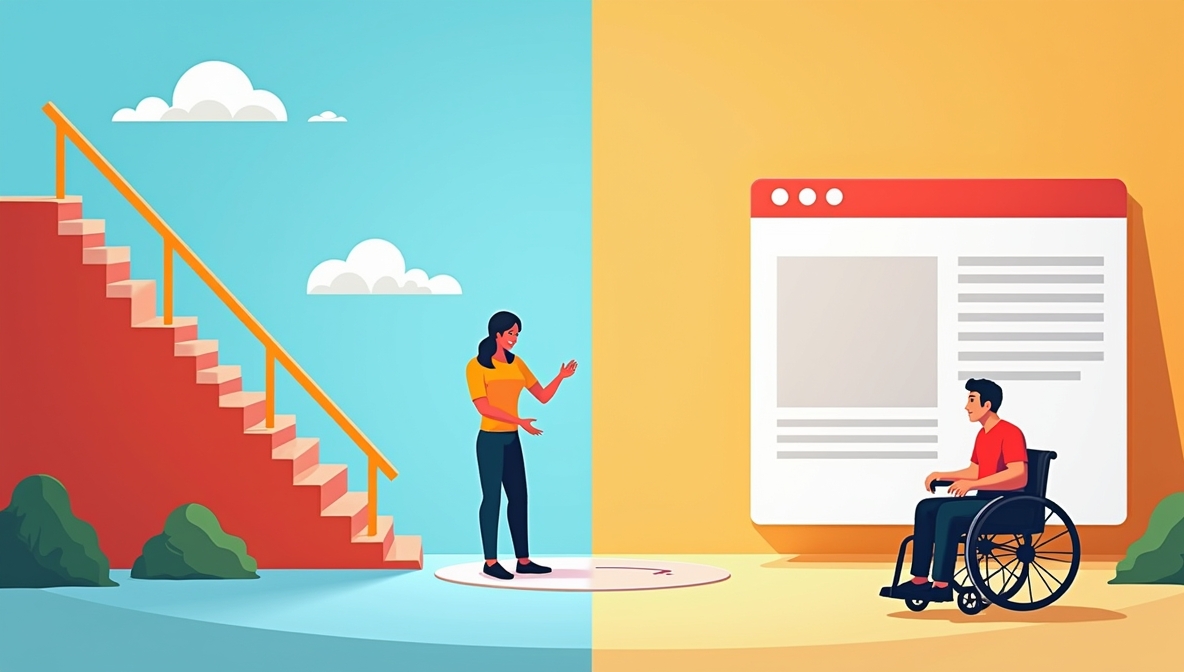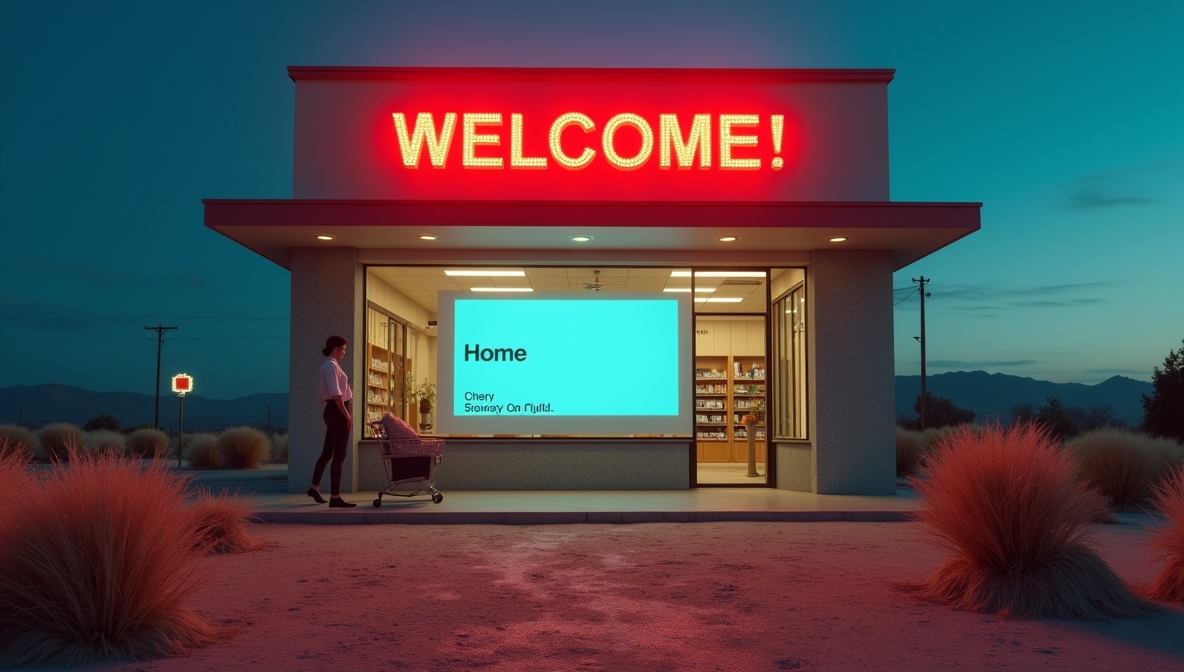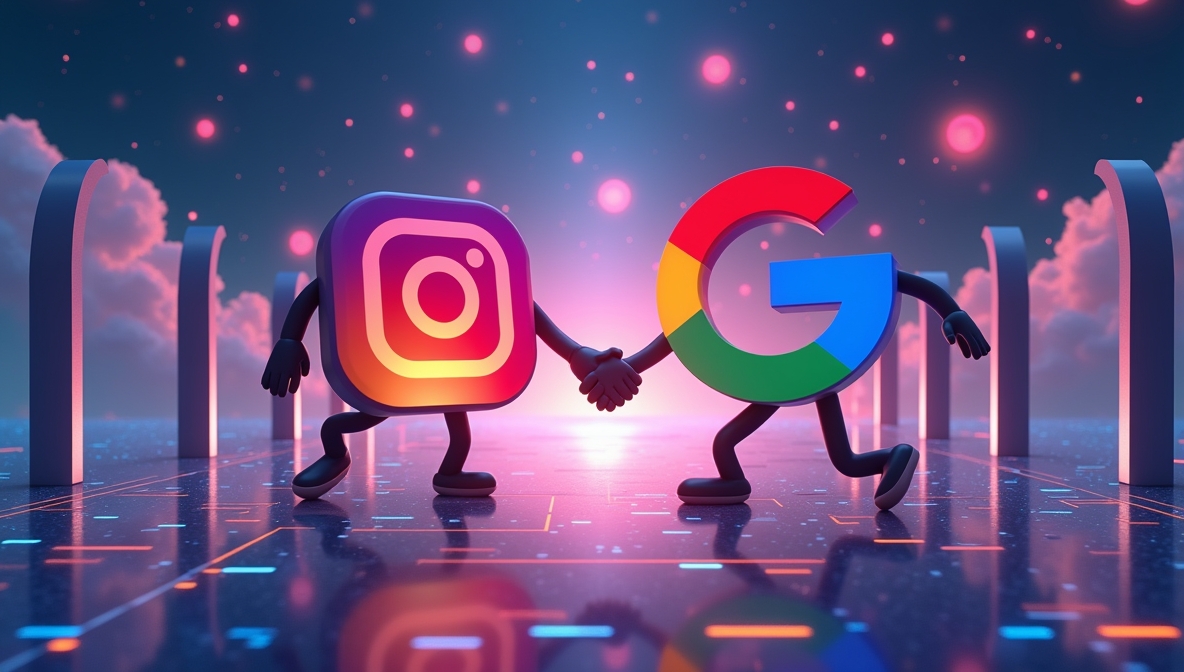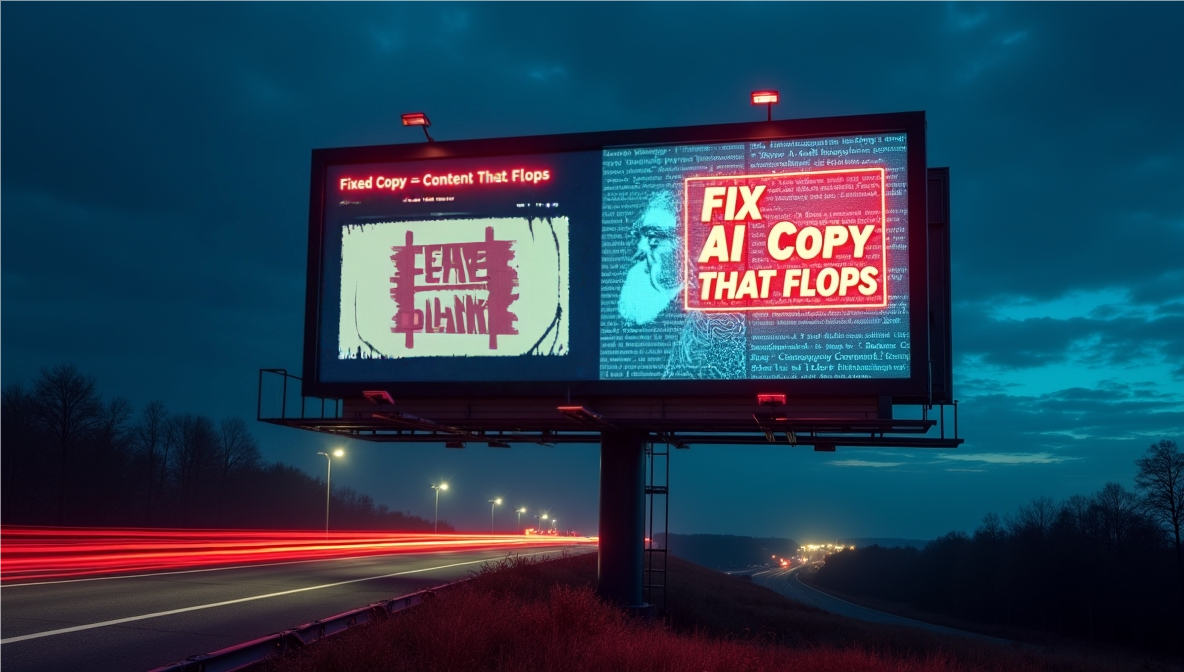Alt Text Isn’t Optional – It’s Access (and Also a Bit of SEO Magic)
Depending on who you are, life throws up all kinds of barriers to access. Stairs with no lift. Noisy shops with no quiet spaces. Forms in size 8 font written by someone who’s never met a dyslexic person.
But online? That should be different.
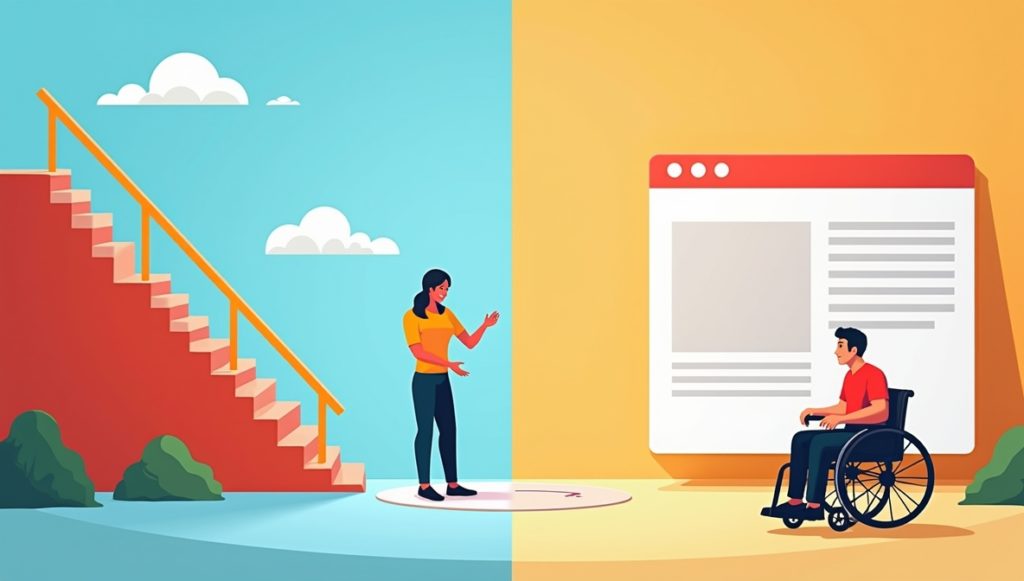
The internet should be one of the most accessible places going. No queues. No stairs. No light sensitivity. And yet, far too often, it’s inaccessible because of bad design and missing basics.
Like alt text.
Alt text isn’t some optional extra you slap on to make your developer happy. It’s not just for blind users, though millions rely on it to make sense of images. It’s essential for screen reader users, neurodivergent folks who benefit from clarity, and anyone with a slow connection.
Yes, it’s also great for SEO (but we’ll get to that later).
I don’t rely on alt text every day. Still, I promise you, I notice when it’s missing. And more importantly, others really need it. This is why alt text isn’t optional if you’re running a site, selling something, or just posting online. It’s access.
How to Write Alt Text (Without Sounding Like a Robot Having a Breakdown)
Good alt text is like a good mate at a gallery. Tells you what you’re looking at, keeps it short, doesn’t make it weird.
You’re aiming for:
- Clear – What’s actually in the image?
- Concise – Cut the waffle. No one needs a novel.
- Relevant – If the image adds meaning, say what it adds.
- Neutral – Unless it’s a meme, don’t describe it like one.
Bad: Image of a beautiful sunrise that symbolises the rebirth of modern web design principles.
Better: Sunrise over mountains with orange and pink clouds.
Bad: Screenshot1.png
Better: Screenshot of the Contentopia blog homepage showing recent AI articles.
And please — don’t start with “Image of…” They already know it’s an image. That’s like answering the phone and shouting “PHONE CALL!” before saying hello.
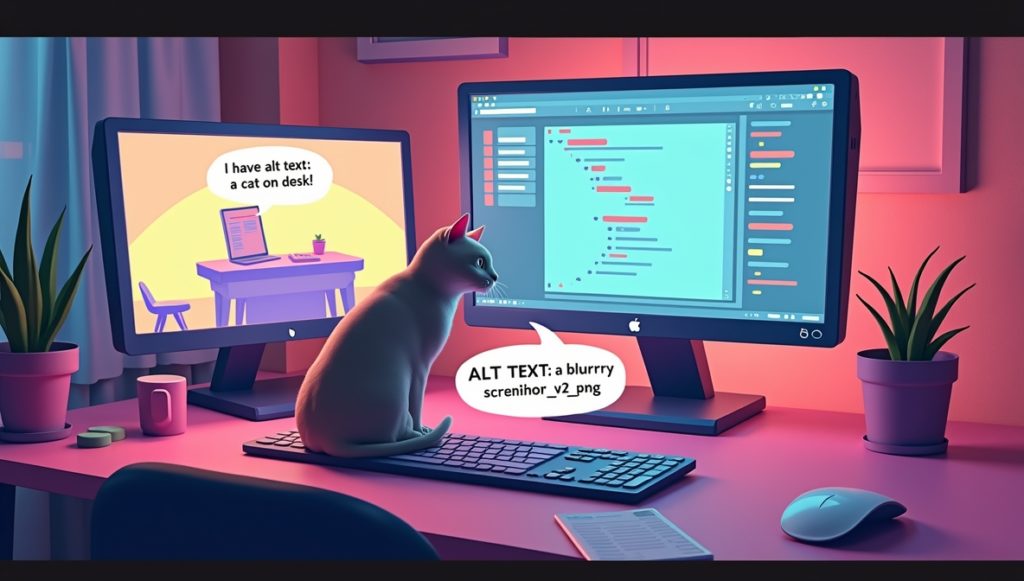
Bonus Round: What Not to Do
- Don’t keyword stuff. You’re not tricking Google. You’re annoying everyone.
- Don’t repeat captions. Don’t echo it like a poorly trained parrot if it’s already in text.
- Don’t describe the obvious. If it’s a decorative swirl or your footer logo, mark it as such. Not everything needs a sonnet.
Alt Text Is for People — Not Just Policy
It’s easy to turn accessibility into a box-ticking exercise. Add alt text. Tick. Meet WCAG. Tick. Move on.
But here’s the thing: someone out there is relying on it.
A student using a screen reader.
A dyslexic designer who prefers visuals.
Someone on 3G whose images aren’t loading.
Even someone neurodivergent (like me) who likes structured info over visual noise.
Alt text is the difference between “Come in” and “This wasn’t made for you.”
Trust me — you can feel the difference.

The Secret SEO Sauce No One Talks About (But Really Should)
Alt text isn’t just good for people — it’s quietly brilliant for SEO.
When you describe your images correctly, Google gets a lovely little context boost. It understands your content better. It knows your images matter. And when someone searches “how to fix broken alt text without losing your mind,” guess who’s in the mix?
That’s right. You.
Alt text won’t rocket you to the top of Google overnight, but it stacks. It layers into a better, clearer, more indexable page. Combine it with good title tags, solid structure, and internal links — now we’re cooking.
Plus, it shows you give a toss. And honestly? Google likes that.
Wrap It Up: Just Write the Damn Alt Text
The internet doesn’t need to be harder to use than it already is. Don’t let your images be another obstacle between pop-ups, cookie banners, autoplay videos, and mobile menus that disappear when you breathe on them.
Alt text isn’t a nice-to-have. It’s not “extra.” It’s access.
It’s also one of the easiest, most meaningful things you can do to make your content more inclusive, better indexed, and less annoying.
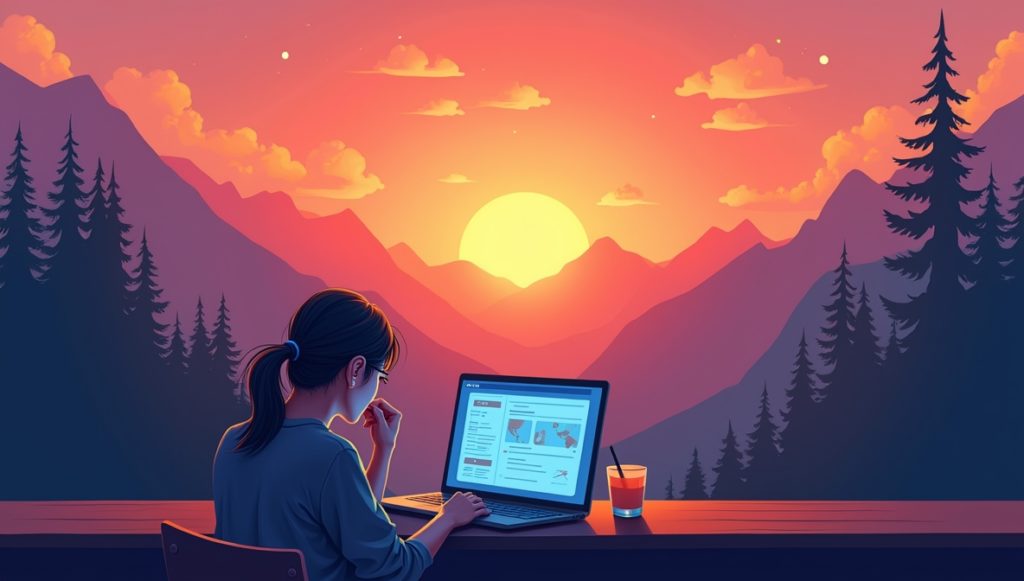
So next time you upload an image? Pause. Take ten seconds. Ask yourself: What would someone need to know if they couldn’t see this?
Then write that.
Not perfect? Doesn’t matter. You tried, and that’s already better than half the internet.

